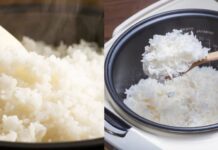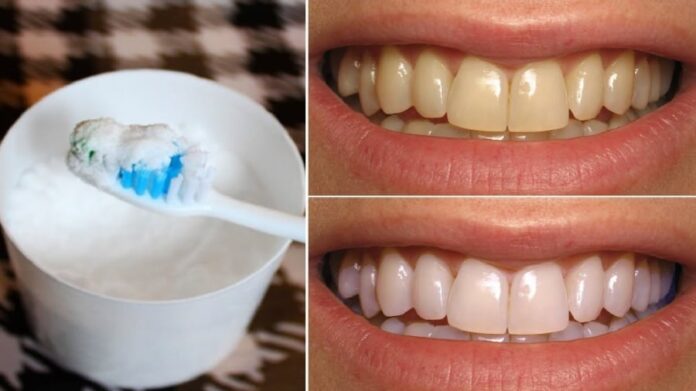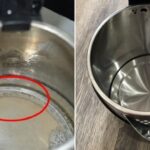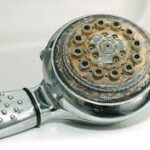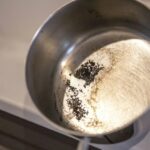Oral hygiene is essential for maintaining healthy teeth and gums, preventing bad breath, and reducing the risk of gum disease and tooth decay. It is recommended to floss, use a water pick, and brush your teeth after each meal. Ideally, brush your teeth twice a day for two minutes each time to ensure the removal of food debris and prevent plaque buildup, which can lead to tooth discoloration.
In addition to daily brushing, occasional deep cleaning can help remove plaque and whiten teeth without damaging tooth enamel or causing sensitivity.
Using Baking Soda
Baking soda, a salt with acid-neutralizing properties, effectively removes plaque and whitens teeth. It is a common ingredient in many over-the-counter dental care products. However, it is important to use baking soda correctly, as improper use can damage tooth enamel. Enamel erosion can lead to bacterial invasion, causing serious consequences such as tooth sensitivity and decay.
To safely use baking soda for teeth cleaning at home, mix it with a small amount of water to form a paste and brush your teeth with it for about a minute. Then, rinse your mouth with clean water.
For enhanced cleaning, mix baking soda with salt (fine grain) in a 3:1 ratio and add a small amount of water to create a paste. Apply this mixture to your teeth with a toothbrush and brush all surfaces for about a minute before rinsing with clean water. Limit this treatment to once or twice a week to avoid enamel damage.
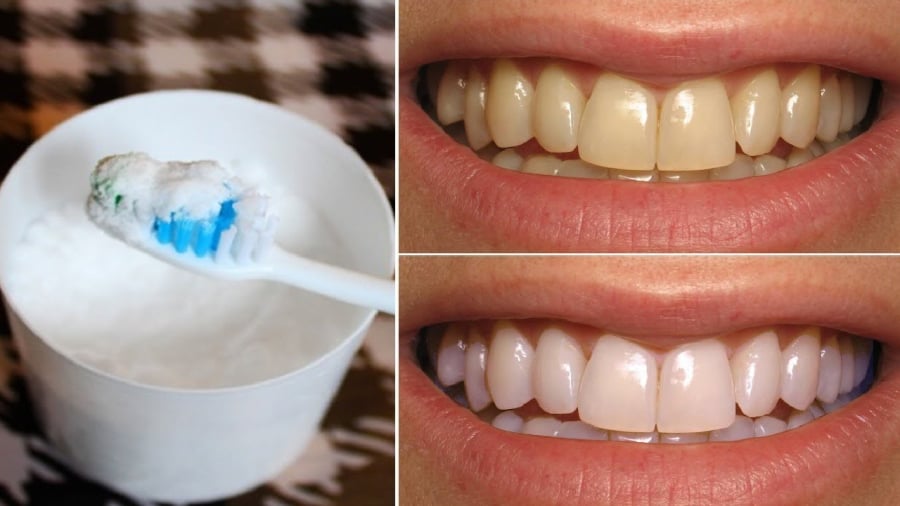
Using Activated Charcoal
Activated charcoal is known for its ability to remove plaque and brighten teeth. It also helps cleanse the mouth, preventing bacterial growth and reducing bad breath. Many commercially available dental cleaning products contain activated charcoal. The simplest approach is to purchase products containing activated charcoal. If you prefer a more direct approach, you can use activated charcoal to brush your teeth gently to avoid damaging the gums. While this method is effective for teeth whitening, it should be used sparingly, once a week.
Using Salt and Lemon
Salt and lemon are effective in removing plaque and whitening teeth. Mix half a teaspoon of fine grain salt with half a teaspoon of lemon juice, and dip your toothbrush into the mixture. Brush your teeth for 2-3 minutes, then rinse with clean water. Due to the acidic nature of lemon juice and the abrasive effect of salt, this method should not be overused. Limit its application to once a week to prevent tooth sensitivity and enamel erosion. After use, thoroughly rinse your mouth to remove any residual acid from the lemon juice.
According to Sức khỏe & Đời sống, ThS.BS. Đậu Thị Kiều Trang, from the Department of Stomatology at Hospital 19-8, cautions that the above methods involve the use of acidic or corrosive substances. Therefore, it is crucial to pay attention to the dosage and frequency of application to achieve the desired results safely.
The Ultimate Guide to Descaling Your Kettle: Transform it from a Calcified Mess to Sparkling Clean with this Simple Hack
Introducing the ultimate guide to descaling your kettle! Over time, kettles can build up a layer of limescale, which not only looks unsightly but can also affect the taste of your hot beverages. With our simple tips and tricks, you can easily remove this buildup and restore your kettle to its former glory. Say goodbye to unsightly limescale and hello to a clean, efficient kettle!
The Ultimate Guide to Cleaning Your Shower Head: Make It Shine Like New!
“A showerhead is an essential fixture in any bathroom, providing a refreshing and invigorating experience. Over time, showerheads can become clogged with mineral deposits and grime, especially in hard water areas. Left unattended, this buildup can lead to reduced water flow, an uneven spray pattern, and even damage to the showerhead. Regular cleaning and maintenance are crucial to ensuring a consistent and enjoyable shower experience, keeping your showerhead in pristine condition, and extending its lifespan.”















